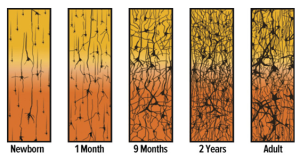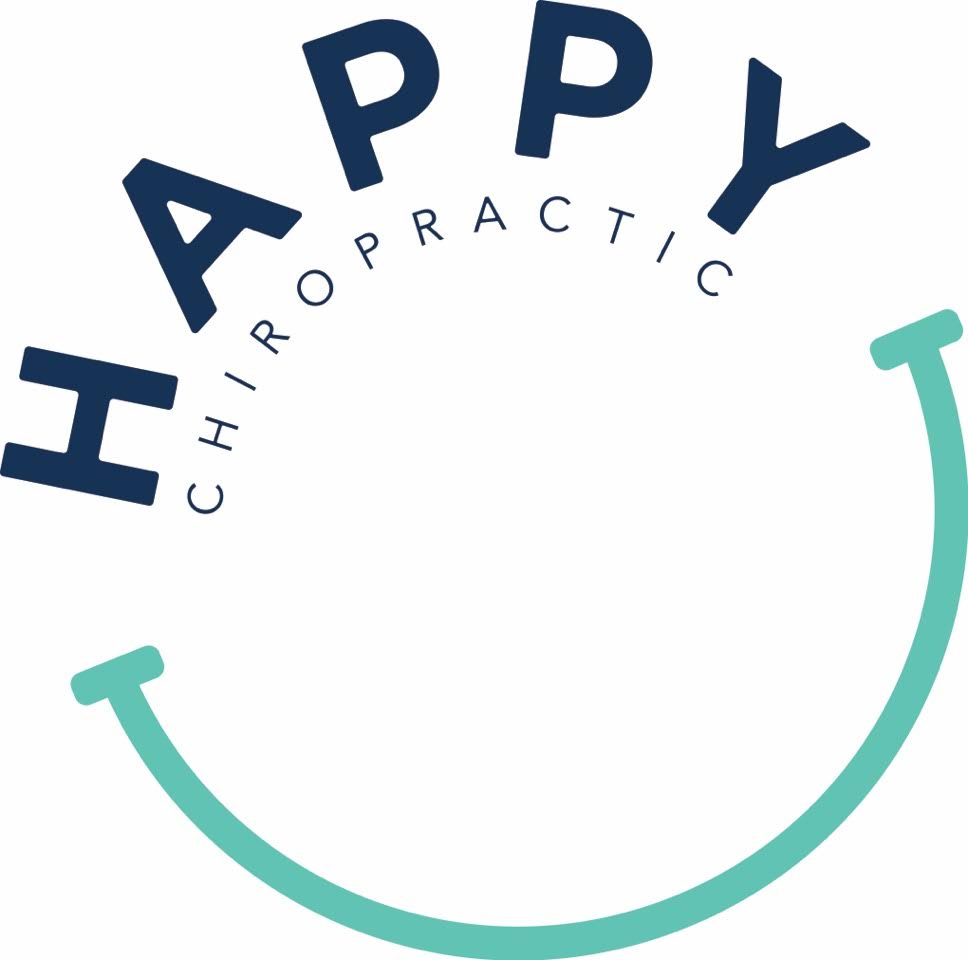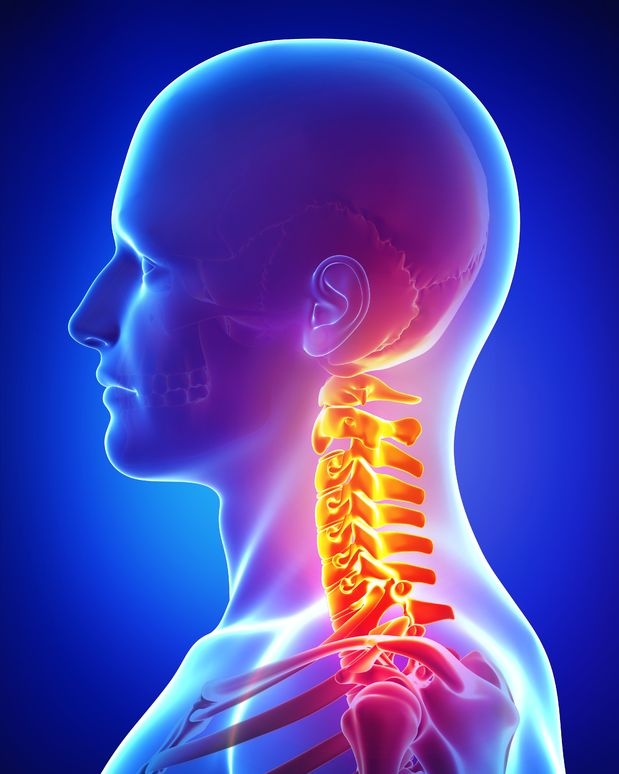
01 Apr Baby Brain Development
In the first three years, a child’s brain has up to twice as many synapses as it will have in adulthood.
Between conception and age three, a child’s brain undergoes an impressive amount of change. At birth, it already has about all of the neurons it will ever have. It doubles in size in the first year, and by age three it has reached 80 percent of its adult volume.
Even more importantly, synapses are formed at a faster rate during these years than at any other time. In fact, the brain creates many more of them than it needs: at age two or three, the brain has up to twice as many synapses as it will have in adulthood. These surplus connections are gradually eliminated throughout childhood and adolescence, a process sometimes referred to as blooming and pruning.
The excess of synapses produced by a child’s brain in the first three years makes the brain especially responsive to external input. During this period, the brain can “capture” experience more efficiently than it will be able to later, when the pruning of synapses is underway. The brain’s ability to shape itself – called plasticity – lets humans adapt more readily and more quickly than we could if genes alone determined our wiring. The process of blooming and pruning, far from being wasteful, is actually an efficient way for the brain to achieve optimal development.
Lifestyle decisions therefore effect stimulation of the brain and thus are vital in a babies brain development. From a spinal perspective, ensuring the spine moves through its range of motion correctly keeps the receptors firing well up to the brain, providing a form of “brain training”. From my perspective this is one of the most important reasons why babies having gentle chiropractic care makes such sense.
Make chiropractic care part of your babies growth and development strategy!
BRAIN SYNAPSE DIAGRAM






Sorry, the comment form is closed at this time.